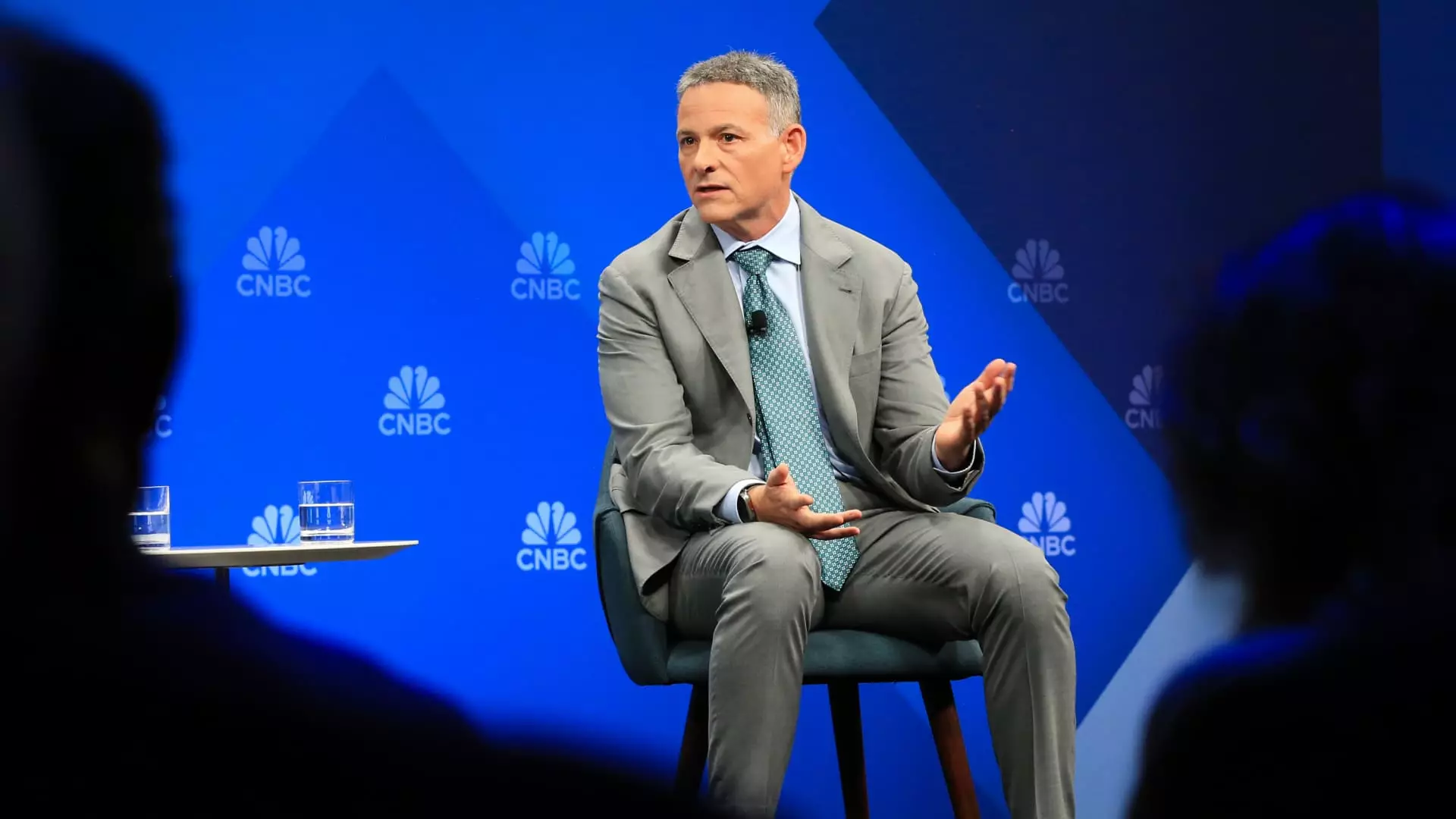In a year where financial markets experience relentless volatility, the performance of gold shines like a beacon of stability. Hedge fund manager David Einhorn highlighted this trend, expressing bullish sentiments about gold’s trajectory. With a formidable rise of over 20% in the early months of 2023, even the skeptical investors are reassessing their positions. As traditional equities falter, gold emerges not only as a safe haven but also as a shrewd investment choice in turbulent times. The US fiscal and monetary policies have, under a bipartisan consensus, been aggressively lax, spawning an environment ripe for inflation. Einhorn’s insights reveal an understanding that goes beyond mere market observations; they capture the precarious balance between confidence in government policy and the unavoidable impacts these decisions have on the economy.
A Lack of Accountability
What is glaringly conspicuous is the absence of accountability in Washington. Einhorn’s remarks about the “Department of Government Efficiency” are almost sardonic; the minor cost-cuts stand out starkly against the backdrop of a sprawling federal budget. Politicians, evidently more concerned with their immediate electoral prospects than with long-term fiscal responsibility, contribute to an environment where the deficit grows unchecked. Einhorn’s critique offers a thought-provoking lens on governance: it seems that both parties prefer to wait for a crisis before taking action. This status quo further solidifies the rationale for investing in gold, as investors seek refuge from an unstable financial landscape.
The Case for Defensive Investments
In light of current fiscal policies, it is no surprise that Einhorn’s Greenlight Capital reported an 8.2% gain in the first quarter, a striking contrast to the S&P 500’s bleak 4% decline during the same period. This disparity underscores the merits of defensive positions in one’s investment portfolio. Gold, historically a hedge against financial instability, appears poised to deliver not just as an inflationary safeguard, but as a barometer of financial health in an uncertain climate. Einhorn emphasizes that, despite gold’s traditional perception as an inflation hedge, his investments in long-duration inflation swaps reflect a nuanced understanding of market dynamics. These positions indicate a readiness to harness impending inflation that many analysts may overlook.
Belief in RESOLUTION Signs
Nevertheless, the road ahead is fraught with challenges as inflation rears its head. Einhorn’s analysis stresses that political leaders’ complacency could lead to dire economic consequences. The absence of substantial discourse on reducing the deficit poses risks that extend beyond mere fiscal responsibility; this negligence could propel inflation to levels not yet factored into the market. It is an unsettling thought that such a tangible threat could arise from the very institutions designed to safeguard Americans’ economic interests.
The confidence in the market must be weighed against the backdrop of unchecked fiscal practices unless political leaders choose to act, allowing gold to continue its ascent unchallenged. Should investors follow Einhorn’s lead, the gold narrative could evolve from being merely a defensive strategy to a revolutionary movement against fiscal irresponsibility—a chance to reclaim agency in uncertain times.

